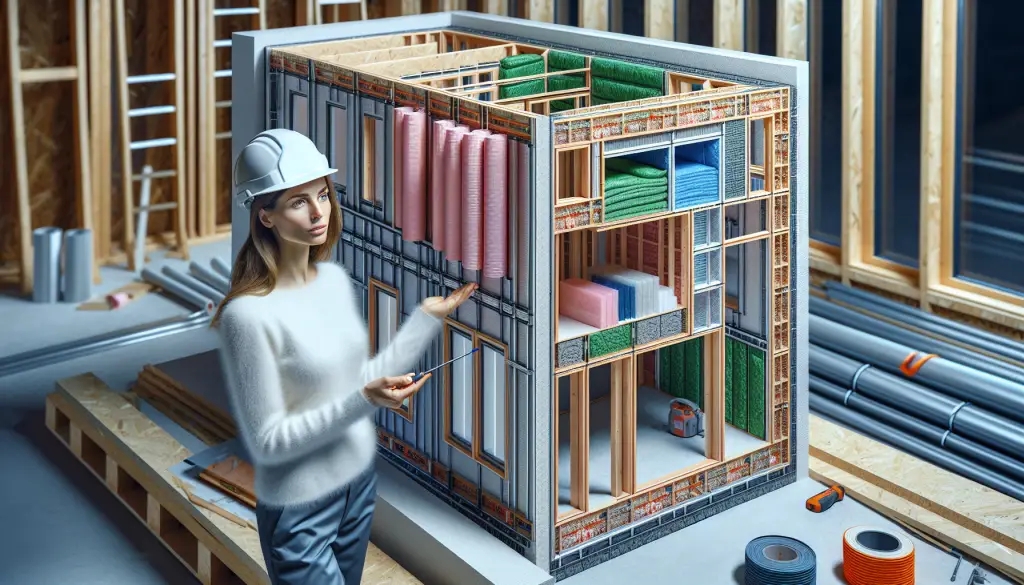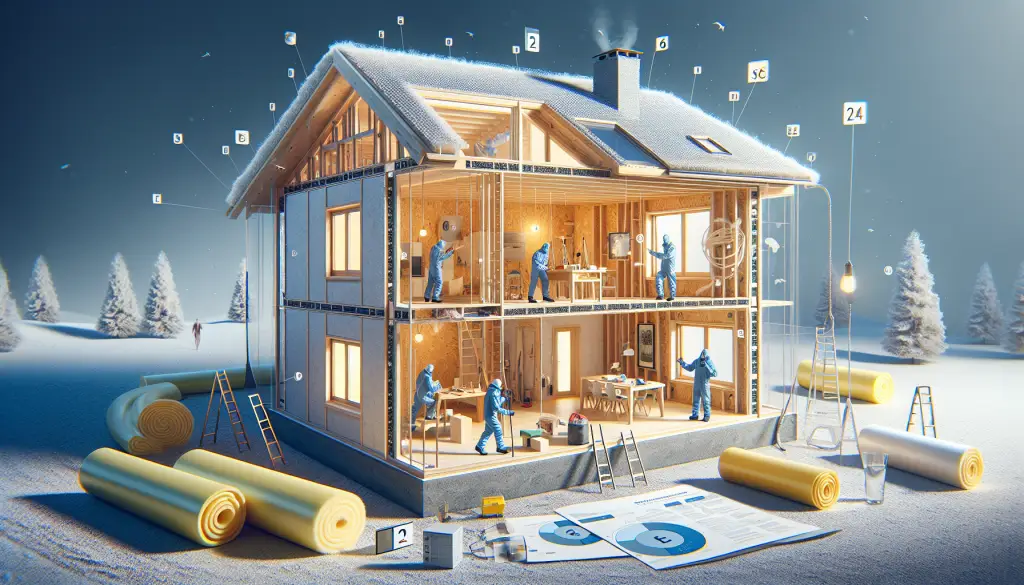The Role of Airtightness in Achieving Passivhaus Standards
Achieving Passivhaus Standards in construction is no small feat, and a critical factor in this ambitious goal is airtightness. For those new to sustainable building practices, understanding how airtightness plays a significant role in securing Passivhaus certification can be a game-changer. Here at Ratio Seven, we’re at the forefront of providing services and expertise to help you achieve these rigorous standards.
Understanding Passivhaus Standards
Passivhaus Standards originated in Germany and have become the benchmark for energy-efficient buildings worldwide. With stringent requirements, buildings must achieve:
- Extremely low energy consumption.
- High thermal comfort.
- Optimal indoor air quality.
To meet these standards, one crucial element is airtightness, which significantly reduces heat loss, enhances comfort and leads to substantial energy savings.

Why Airtightness for Passivhaus Certification is Essential
Airtightness is pivotal in achieving Passivhaus Standards for several reasons:
- Energy Efficiency: Airtightness reduces the amount of cold air entering and warm air escaping, thereby lowering energy bills.
- Thermal Comfort: Consistent indoor temperatures are easier to maintain.
- Air Quality: Properly sealed buildings ensure that pollutants and allergens are kept outside.
At Ratio Seven, we offer the expertise needed to measure and achieve the required airtightness for your project.
Measuring Airtightness: Blower Door Tests
A Blower Door Test is a primary method used to measure a building’s airtightness. The test involves:
- Setting up a powerful fan within an external door.
- Creating pressure differences to identify leaks.
- Calculating the air changes per hour (ACH).
For Passivhaus certification, the target is typically set at ≤0.6 ACH at 50 Pascals. Ratio Seven specialises in conducting these tests to ensure your building meets the stringent criteria.
Techniques to Improve Airtightness
Achieving the necessary level of airtightness requires meticulous attention to detail. Here are some strategies used:
- Sealing Gaps: Identifying and sealing gaps in the building envelope, such as around windows and doors.
- High-Quality Materials: Using tapes, membranes, and gaskets designed to last the building’s lifetime.
- Construction Best Practices: Ensuring that construction practices uphold airtightness requirements from the design phase through to completion.
At Ratio Seven, our team can guide you through these practices to ensure your building is on track for Passivhaus certification.
Common Airtightness Challenges and Solutions
Achieving airtightness for Passivhaus certification is not without its challenges. Common issues include:
- Inconsistent Sealing: Poor installation of sealing materials can compromise airtightness.
- Complex Designs: Architectural complexities can create difficulties in maintaining airtight seals.
- Material Compatibility: Using incompatible materials can lead to leaks over time.
Solutions involve careful planning, using proven methods, and working with experienced professionals like Ratio Seven.
Benefits of Achieving Airtightness
Meeting the airtightness criteria for Passivhaus Standards offers numerous advantages:
- Reduced Energy Costs: Lower energy usage directly translates to savings on utility bills.
- Enhanced Comfort: A stable indoor climate with fewer drafts.
- Environmental Impact: Reduced carbon footprint and a more sustainable building approach.
These benefits underscore the importance of working towards airtightness in your construction project.
Passivhaus Standards Summary
The importance of airtightness in achieving Passivhaus Standards can’t be overstated. It plays a vital role in energy efficiency, thermal comfort, and indoor air quality. By utilising advanced techniques and rigorous testing like the Blower Door Test, you can ensure your building meets these robust standards. Ratio Seven is dedicated to providing the expertise and support necessary to help you achieve airtightness for Passivhaus certification.
FAQs
What are Passivhaus Standards?
Passivhaus Standards are a set of rigorous guidelines for constructing energy-efficient buildings. They focus on reducing the building’s ecological footprint by limiting energy consumption and enhancing thermal comfort and indoor air quality.
How does airtightness affect energy efficiency?
Airtightness significantly impacts energy efficiency by preventing warm air from escaping and cold air from entering. This lowers the need for additional heating or cooling, thus reducing energy consumption and utility bills.
What is a Blower Door Test?
A Blower Door Test measures a building’s airtightness by using a fan to create pressure differences. This test helps identify air leaks and calculates the air changes per hour (ACH). It is a critical step in achieving Passivhaus certification.
Why should I choose Ratio Seven?
Ratio Seven offers unparalleled expertise in achieving airtightness for Passivhaus certification. We utilise state-of-the-art testing and proven techniques to ensure your project meets the stringent requirements, ultimately aiding in energy efficiency and comfort.




